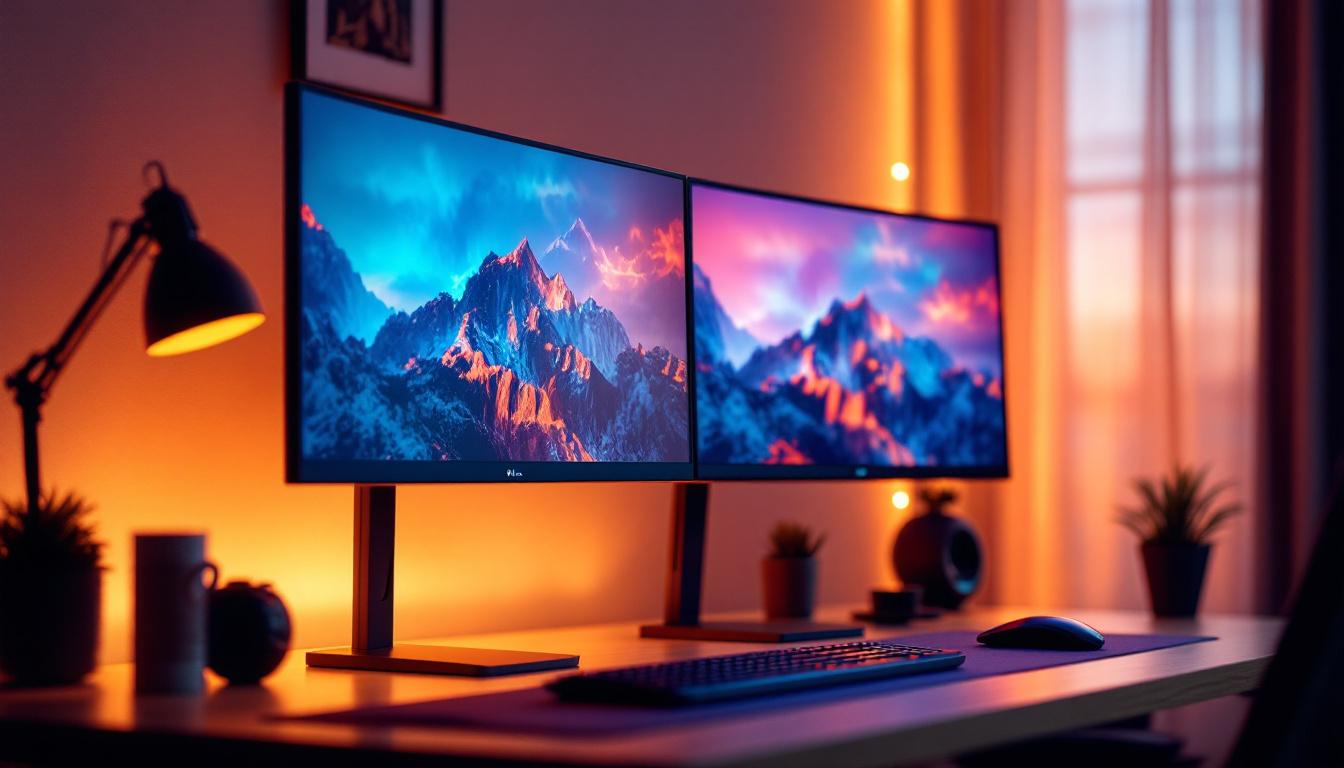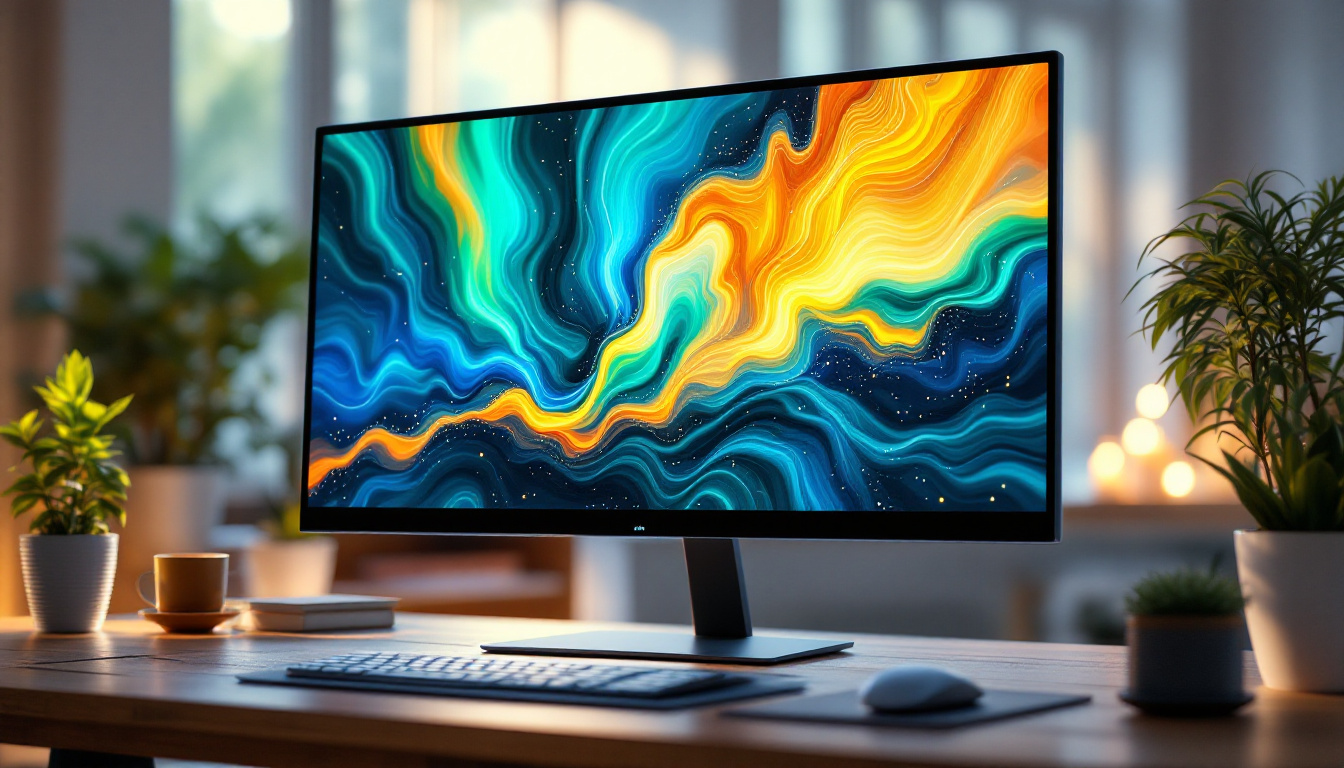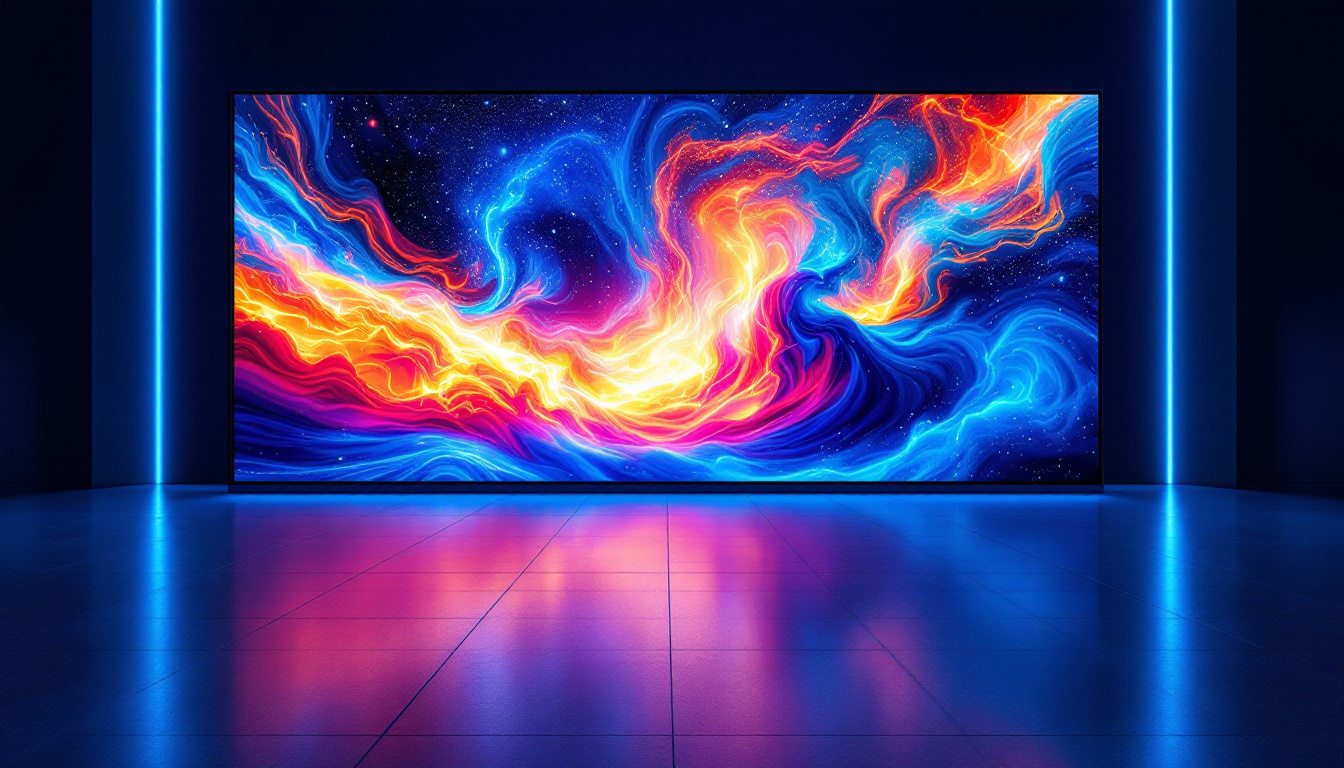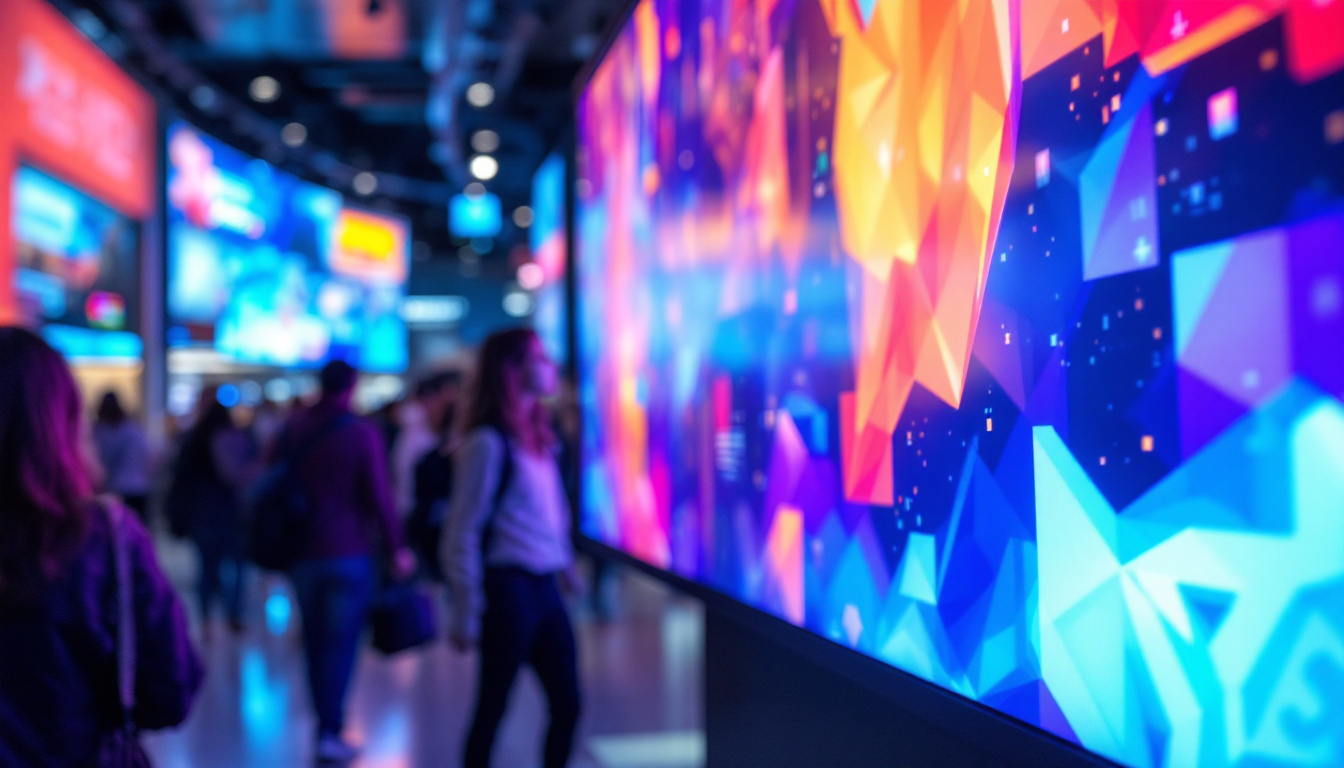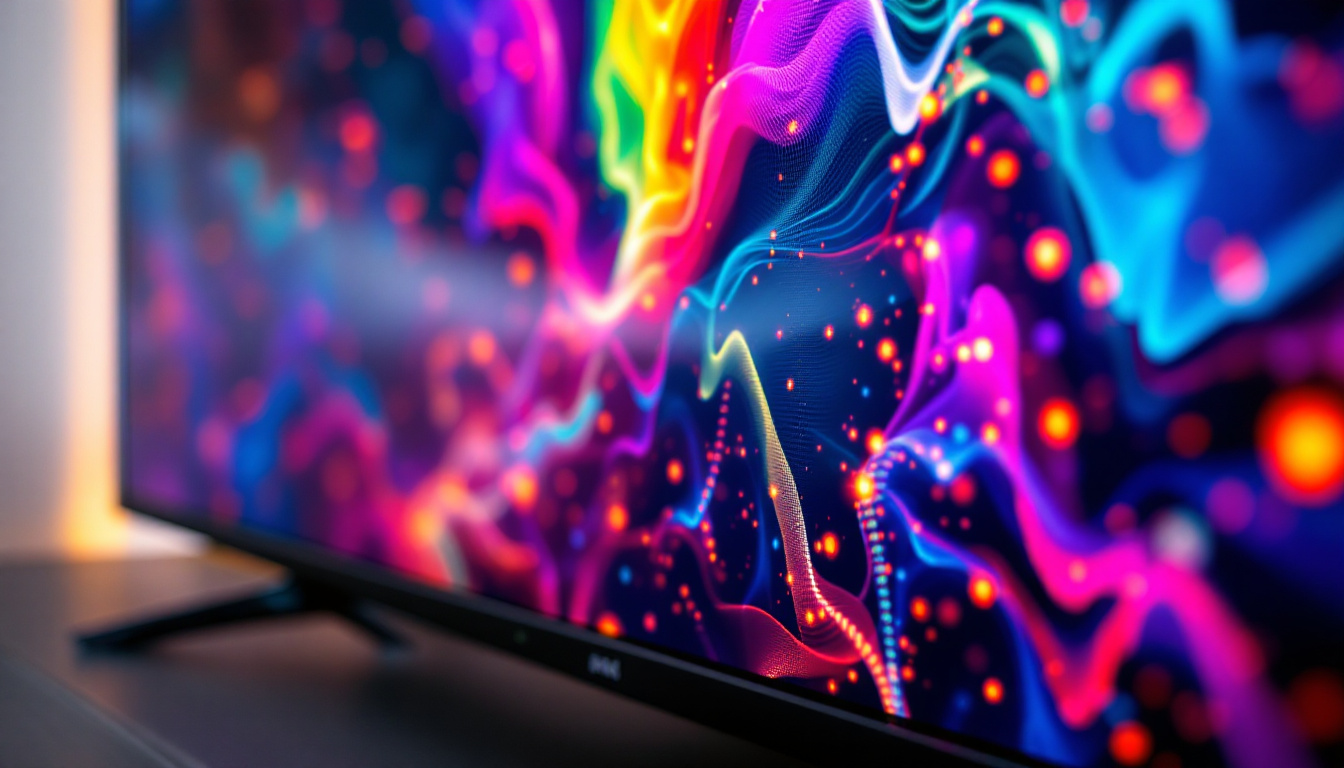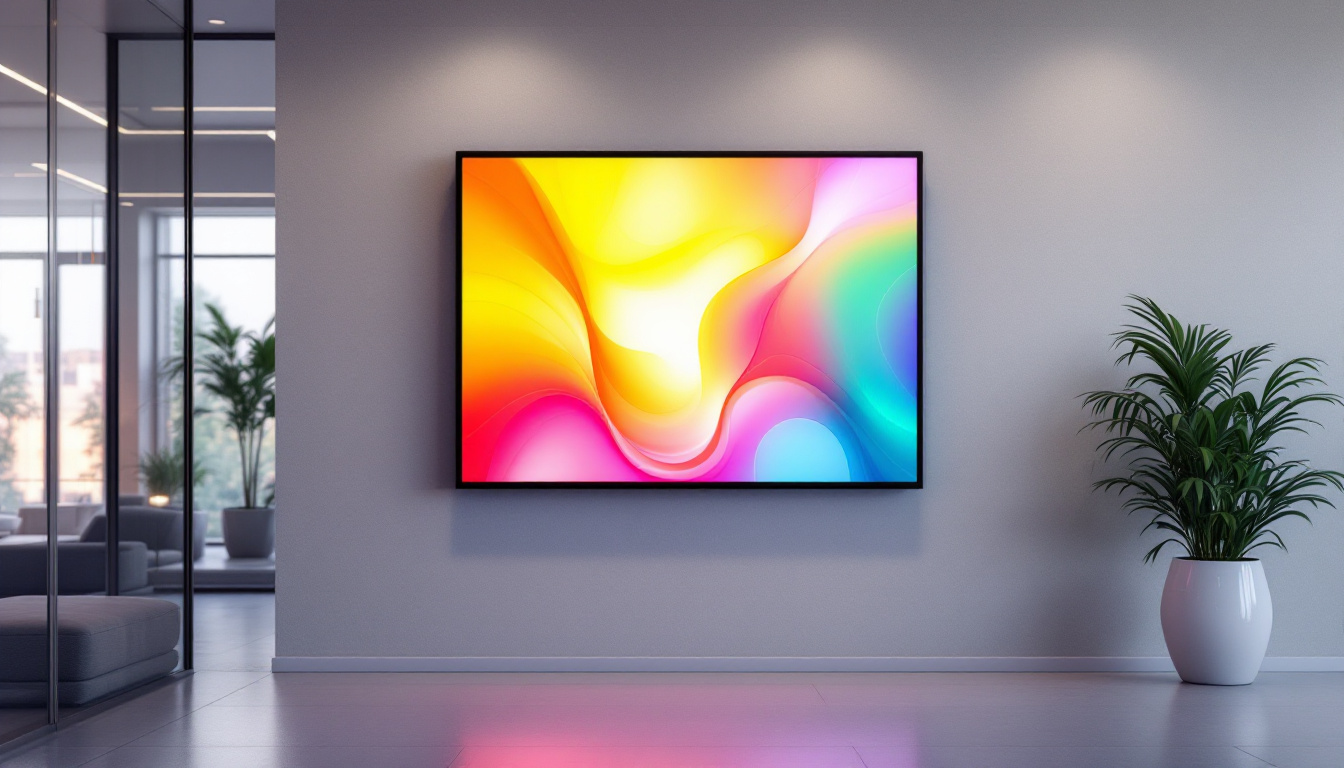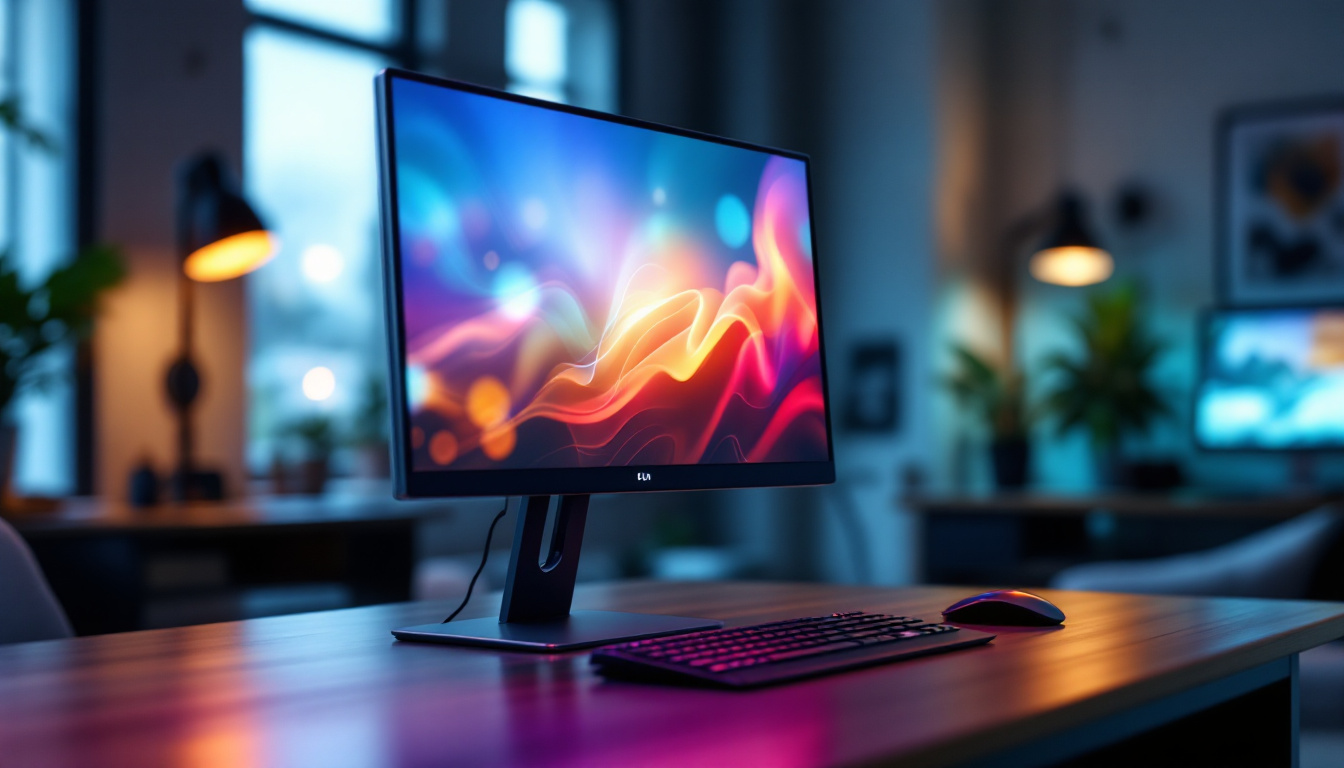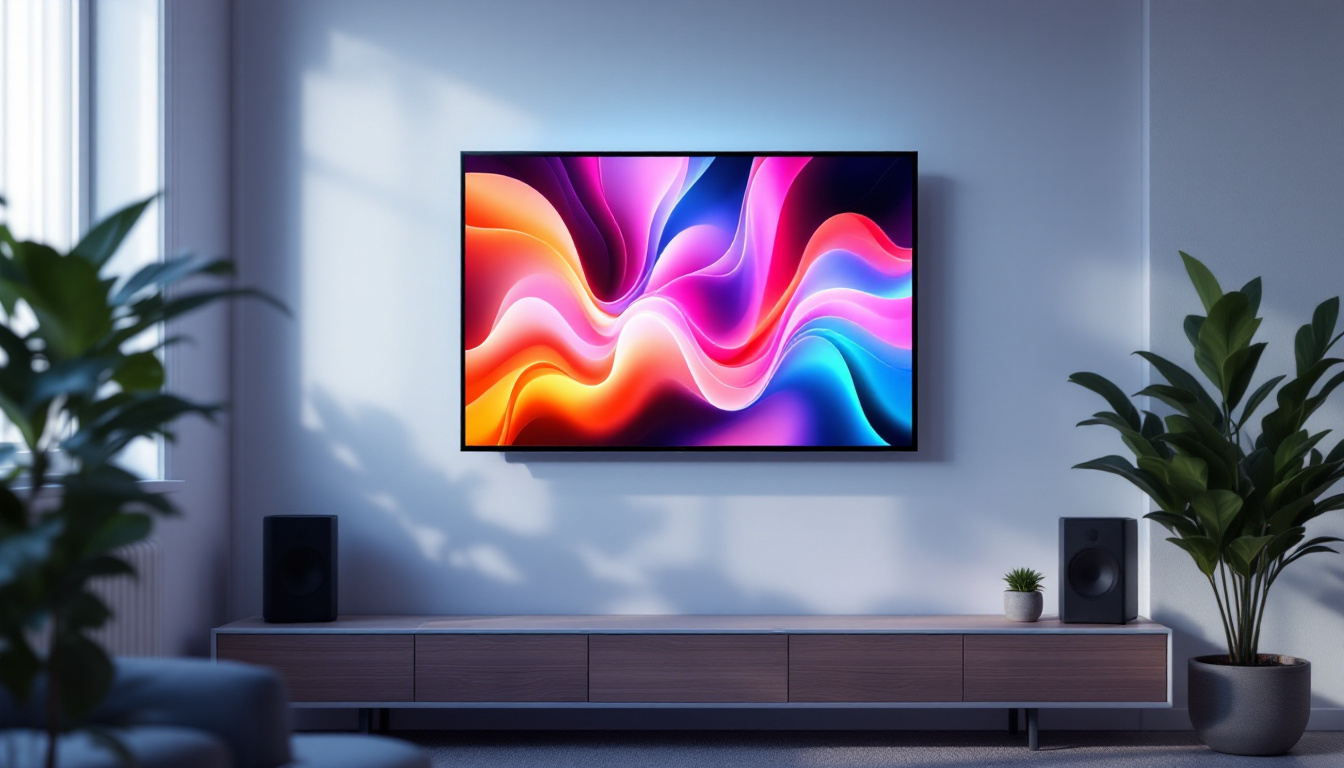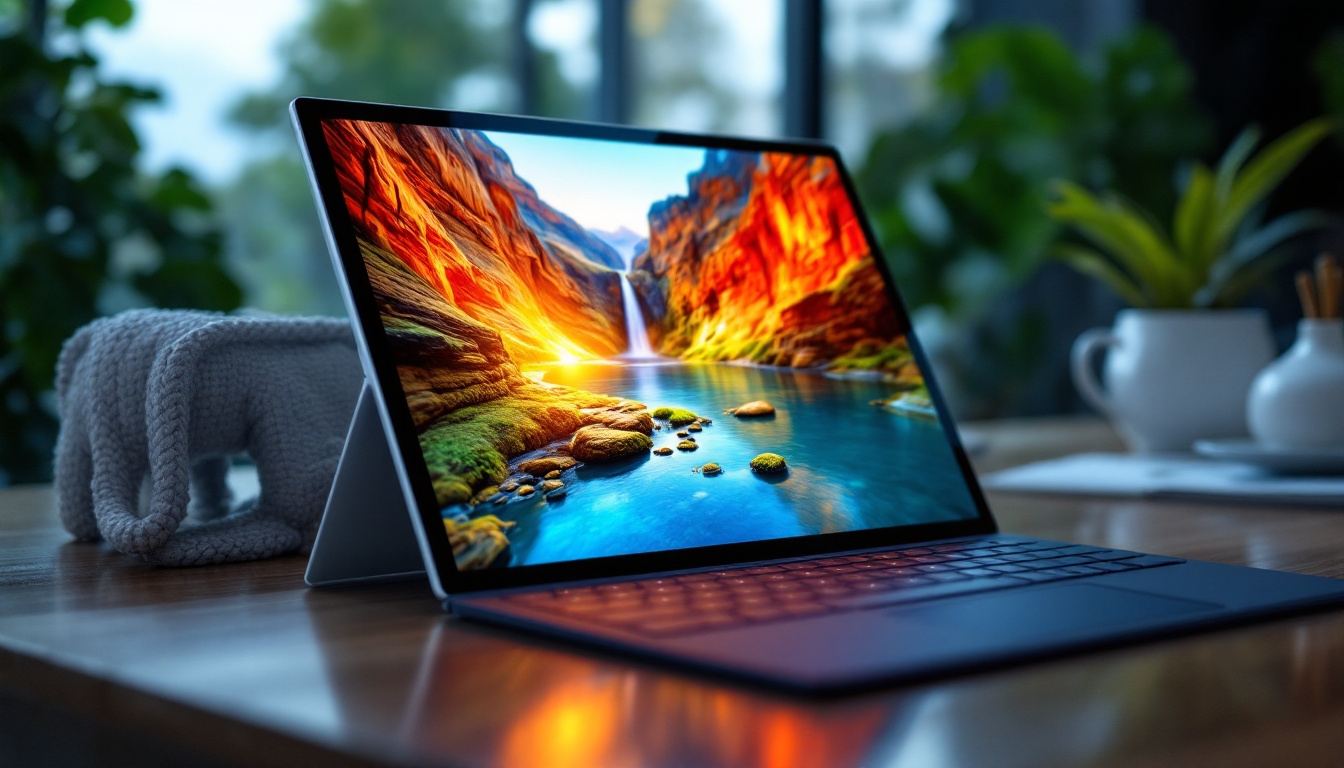In today’s fast-paced digital world, having an efficient and ergonomic workspace is more important than ever. Dual monitor setups have become increasingly popular among professionals, gamers, and creatives alike, offering enhanced productivity and immersive experiences. Central to optimizing these setups is the use of a dual monitor stand, especially when paired with LED displays. This article delves into the essentials of dual monitor stands, explores the advantages of LED displays, and provides practical insights to help you create a seamless multi-screen environment.
Understanding Dual Monitor Stands
What Is a Dual Monitor Stand?
A dual monitor stand is a mounting solution designed to hold two monitors side-by-side or stacked vertically. Unlike traditional monitor bases, these stands free up valuable desk space, improve viewing angles, and promote better posture by allowing users to adjust the height, tilt, and orientation of their screens.
Dual monitor stands come in various designs, including freestanding bases, clamp mounts, and wall mounts. The choice depends on desk space, weight capacity, and personal preferences. Many models support VESA-compatible monitors, ensuring compatibility with a wide range of LED displays. Additionally, some stands feature integrated cable management systems, which help keep cords organized and out of sight, contributing to a cleaner and more professional-looking workspace.
Why Use a Dual Monitor Stand?
Incorporating a dual monitor stand into your workspace offers several benefits:
- Ergonomics: Adjusting monitors to eye level reduces neck and back strain, which is crucial for those who spend long hours at their desks.
- Space Efficiency: By elevating monitors, stands free up desk space for other essentials like keyboards, documents, or accessories.
- Improved Productivity: Studies have shown that dual monitor setups can increase productivity by up to 42%, allowing users to multitask more effectively.
- Customization: Many stands offer flexible positioning options, enabling users to create personalized setups that suit their workflow.
Moreover, dual monitor stands can enhance your overall computing experience by allowing you to create a more immersive environment. For instance, graphic designers and video editors often benefit from having one monitor dedicated to their editing software while the other displays reference materials or timelines. This not only streamlines their workflow but also reduces the time spent switching between applications, thereby increasing efficiency.
Types of Dual Monitor Stands
Choosing the right stand depends on your workspace and monitor specifications. The main types include:
- Freestanding Stands: These come with a weighted base that sits on the desk. They are easy to install and move but take up some desk space.
- Clamp Mounts: These attach to the edge of the desk, saving surface area and providing sturdy support. Installation requires a desk with a suitable edge thickness.
- Wall Mounts: Ideal for saving desk space entirely, these mounts fix monitors directly to the wall but require drilling and careful placement.
In addition to these primary types, there are also hybrid models that combine elements of both freestanding and clamp mounts, offering versatility for users with unique workspace constraints. Some advanced stands even include features such as gas spring arms, which allow for effortless height adjustments and smooth movement, making it easy to switch between sitting and standing positions throughout the day. This adaptability not only caters to individual preferences but also supports a healthier work routine by encouraging movement and reducing sedentary behavior.
LED Displays: The Ideal Choice for Dual Monitor Setups
What Are LED Displays?
LED (Light Emitting Diode) displays are a type of LCD screen that uses LED backlighting instead of traditional cold cathode fluorescent lamps (CCFL). This technology has revolutionized monitor design by offering brighter, more energy-efficient, and thinner screens.
LED monitors come in various forms, including edge-lit, direct-lit, and full-array backlighting, each offering different levels of brightness and contrast. The widespread adoption of LED technology has made these displays the standard for most modern monitors.
Advantages of LED Displays in Dual Monitor Setups
LED displays bring several advantages that make them particularly well-suited for dual monitor configurations:
- Energy Efficiency: LED monitors consume less power compared to older LCDs, reducing electricity costs and environmental impact.
- Better Image Quality: Enhanced brightness and contrast levels produce sharper, more vibrant images, improving visual comfort and reducing eye strain.
- Thin and Lightweight: The slim profile of LED monitors complements dual monitor stands, allowing for sleek, space-saving setups.
- Longer Lifespan: LEDs typically last longer than CCFL backlights, offering greater durability and reliability.
Key Specifications to Consider
When selecting LED monitors for a dual setup, several specifications impact performance and user experience:
- Resolution: Higher resolutions like 1440p (2560×1440) or 4K (3840×2160) provide more screen real estate and sharper images, ideal for multitasking and detailed work.
- Refresh Rate: A higher refresh rate (e.g., 75Hz, 120Hz, or 144Hz) results in smoother motion, especially beneficial for gaming and video editing.
- Color Accuracy: Monitors with wide color gamuts and factory calibration are essential for creative professionals working with graphics and video.
- Connectivity: Multiple input options like HDMI, DisplayPort, and USB-C ensure compatibility with various devices and facilitate easy switching between sources.
Setting Up Your Dual Monitor Stand with LED Displays
Preparation and Planning
Before assembling your dual monitor stand and LED displays, it’s important to plan your setup carefully. Consider the following:
- Desk Space: Measure your desk to ensure the stand and monitors will fit comfortably without overcrowding.
- Monitor Size and Weight: Check the stand’s weight capacity and VESA compatibility to ensure it supports your monitors safely.
- Viewing Distance and Angle: Optimal viewing distance is typically 20 to 30 inches from the eyes, with monitors positioned at or slightly below eye level.
- Cable Management: Plan for power and data cables to avoid clutter and maintain a clean workspace.
Installation Tips
Follow these best practices when installing your dual monitor stand and LED displays:
- Secure the Stand: Whether freestanding or clamped, ensure the stand is firmly attached to prevent wobbling.
- Attach Monitors Properly: Use the correct VESA mount screws and avoid overtightening to prevent damage.
- Adjust for Comfort: Position monitors to minimize glare and reflections, and adjust tilt and height for ergonomic alignment.
- Test Stability: Gently test the setup by moving the monitors to confirm stability and ease of adjustment.
Optimizing Display Settings
Once your monitors are physically set up, calibrate the displays for the best visual experience:
- Color Calibration: Use built-in software tools or external colorimeters to adjust brightness, contrast, and color balance.
- Resolution and Scaling: Set both monitors to their native resolution and adjust scaling to ensure consistent text and icon sizes.
- Orientation: Decide whether to use landscape or portrait mode based on your workflow needs.
- Display Arrangement: Configure the operating system’s display settings to match the physical layout of the monitors for smooth cursor movement.
Benefits of Dual LED Monitor Setups Across Different Use Cases
Professional Workspaces
For professionals such as software developers, financial analysts, and content creators, dual LED monitors significantly enhance efficiency. Having multiple screens allows for simultaneous access to coding environments, spreadsheets, design tools, and communication platforms without constant window switching.
Ergonomic stands reduce physical strain during long work sessions, which is critical for maintaining health and focus. Additionally, the superior color accuracy of LED displays supports tasks requiring precise visual detail.
Gaming and Entertainment
Gamers benefit from dual LED monitor setups by expanding their field of view, improving situational awareness in competitive games. High refresh rates and low response times offered by many LED monitors contribute to smoother gameplay and reduced motion blur.
For entertainment, dual screens enable multitasking such as streaming content on one monitor while browsing or chatting on the other, creating a versatile and immersive experience.
Creative Industries
Photographers, video editors, and graphic designers rely heavily on accurate color representation and high resolution. Dual LED monitors facilitate detailed editing workflows, with one screen dedicated to the main project and the other for tool palettes, previews, or reference materials.
The ability to adjust monitor positioning with a dual stand ensures comfort during extended creative sessions, reducing fatigue and enhancing productivity.
Maintaining and Upgrading Your Dual Monitor Setup
Regular Maintenance
To keep your dual monitor setup in optimal condition, routine maintenance is essential:
- Clean Screens Gently: Use microfiber cloths and appropriate screen cleaners to avoid scratches and residue.
- Check Stand Stability: Periodically tighten screws and clamps to maintain secure mounting.
- Update Drivers: Keep monitor and graphics card drivers up to date for compatibility and performance improvements.
When to Upgrade
Technology evolves rapidly, and upgrading your dual monitor setup can provide tangible benefits:
- Display Quality: Newer LED monitors offer better color accuracy, higher resolutions, and faster refresh rates.
- Connectivity: Upgrading to monitors with USB-C or Thunderbolt ports can simplify cable management and support modern devices.
- Ergonomics: Advanced dual monitor stands with enhanced adjustability and built-in cable management improve comfort and aesthetics.
Consider upgrading when your current setup no longer meets your performance needs or ergonomic standards.
Conclusion
Dual monitor stands paired with LED displays represent a powerful combination for creating efficient, ergonomic, and visually impressive workspaces. Whether for professional productivity, gaming, or creative endeavors, understanding the features and benefits of these technologies is key to maximizing their potential. By carefully selecting the right stand and LED monitors, planning your setup, and maintaining your equipment, you can enjoy a seamless multi-screen experience that enhances both comfort and performance.
Investing time and resources into a quality dual monitor stand and LED displays is an investment in your productivity and well-being. As technology continues to advance, staying informed about the latest trends and options will ensure your workspace remains at the cutting edge.
Explore Cutting-Edge LED Display Solutions with LumenMatrix
Ready to elevate your workspace with the ultimate dual monitor setup? Discover the innovative LED display technology that LumenMatrix offers. From Indoor and Outdoor LED Wall Displays to specialized solutions like Vehicle, Sports, and Floor LED Displays, LumenMatrix provides a wide array of options to meet your professional and creative needs. Embrace the future of visual communication with Custom, All-in-One, and Transparent LED Displays designed to captivate and engage. Check out LumenMatrix LED Display Solutions today and transform your environment with unparalleled clarity and impact.

